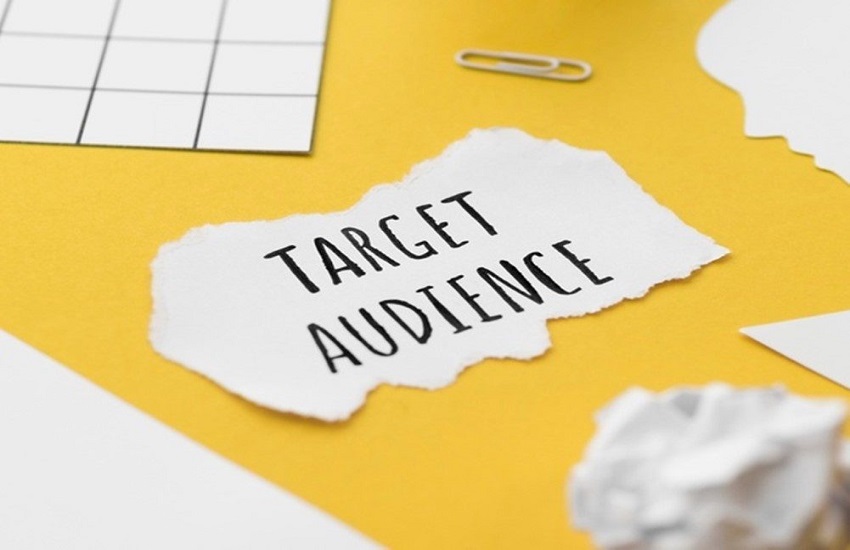INTRODUCTION
The use of paid ads is sometimes the best way to drive traffic to your website, but not every business has the capacity to hire paid click experts, especially in small companies. We have put together a quick guide to help you efficiently build and manage your first AdWords campaign. We’ll start with the basics and walk you through all you need to know, from setting up an account to keyword strategy, including the latest interface updates from March 2018.
UNDERSTANDING ADWORDS ACCOUNTS
Firsts things first, before you start doing anything you will have to create an AdWords account on the AdWords website to create your campaign.
An AdWords campaign is an ad campaign within an AdWords account. An AdWords campaign can be composed of several ad groups, and each ad group serves different ad texts based on the type of keywords that users are likely to type into the Google search engine.
The following image will help you visualize how AdWords accounts are built.
Once your account is created and you have understood how AdWords accounts function, you will have to select a campaign type. Campaign types determine where customers will see your ads and what format they can be in, like text or video. You will have to chose one, depending on your objectives.
SELECTING A CAMPAIGN
Google AdWords is split into two major networks, the search network and the display network:
- Search network: search ads are texts that appear near the organic search engine results when users search on Google and on other search website that partner with Google to show ads. A search ad can help you drive sales, get leads or get the right people to visit your website.
- Display network: display ads are visual banners that appear on a large network of sites across internet. A display ad can help you, on top of the objectives stated above, to encourage people to explore your products and services, and create brand awareness.
Essentially, the search network will allow you to reach your target audience when they are actively searching for specific information on the Google search engine (or partners), whereas the display network will allow you to reach customers wherever they are online, whether that’s browsing websites, reading blogs, watching YouTube videos or using mobile apps.
The other campaign types include:
- Shopping: shopping ads are useful if you are a retailer and can be used to promote your products and online store. You will able to include an image, title and price. This type of campaign may help you drive sales, get leads or help you lead the right type of customer to your website.
- Video: video campaigns let you show videos on YouTube and across other video partner sites. You can choose from different video ad formats, whether you would like your ad to appear in the YouTube results page or directly within a video. When you consider the power of video today, this type of campaign can go far in helping you drive sales, get leads or qualified traffic on your website, increase your target audience reach and your brand awareness.
- Universal App: App ads, as the name suggests, is an app advertiser to help you to get more people to use and install your app. Your ad will appear on Google’s largest properties including Search Google Play, YouTube and the Google Display Network. This type of campaign will help you drive qualified traffic to know your and use your app.
If you are a beginner, we suggest you start with the search network option because it requires less details (images, videos…), and as you learn and grow you will be able to try out the other options.
We will continue our walkthrough as if we were creating a search ad.
CHOOSING A GEOGRAPHICAL AREA
After choosing your campaign type, you will have to consider where the majority of your target audience is located in order to choose a geographic area. This step is important and we strongly recommend you understand beforehand your ideal buyer type to properly target your audience. If you are a retailer, pay special attention to whom you drive to your website (and consequently who you are paying for) because some may not be able to make a purchase.
SETTING YOUR BUDGET
Now it’s time to set a budget. This is another very important step because the challenge is to find the right balance between standing out from other campaigns and not needing to break open your piggy bank!
Before setting your budget, you will have to keep in mind your marketing plan and what you want to achieve.
This step will depend a lot on your total budget amount, the campaign duration, the number and the types of campaigns you have chosen and their spending potential.
The best way get a grasp at how costs are calculated in Google, is to understand you will have to set your daily budget: the maximum budget you will want to spend on your ads per day (budget/the duration (number of days)) and determine your cost-per-click bid: the highest price you are willing to pay for a click on your ad. In other words, this is the price you want to pay for an actual visit.
Depending on the campaign you choose and your settings, you may have to also determine a monthly budget or a total budget, knowing you can make changes to your budgets or bids at any time.
It is important to also note that Google may overspend by 20% the allocated daily budget so you will have to closely follow your campaigns and make the necessary changes in due time.
Setting up budgets definitely merits an in depth analysis, luckily Google has covered the basics.
WRITING YOUR AD
Next up, another crucial step: writing your ad. Your objective is to convince your target audience to click on your ad, and you want not only to attract them to your website but also to accomplish a specific goal like buying a product, signing up to a newsletter, booking a meeting and much more.
To start off you will have to write your two headlines and try as much as possible to use the search terms your target audience would use. Then you have to create a winning description for your ad. Once again, your goal is to encourage your visitor to click on the ad, so it’s an opportunity to mention, for example, the benefits of your product.
You will also need to add two URLs, the one that will be displayed on the ad and another that will be your destination URL, in other words, the page people will land on when they click on your ad. The difference between the two is that the first URL is the one you want people to remember. If your ad is focusing on, say, ‘women’s shoes’ you will of course want your target audience to land on that specific product page and not on your home page.
ADDING YOUR KEYWORDS
Last but not least, you will have to think about a list of keywords. Selecting the right keywords will allow your ads to be displayed to the right customers.
The 5 tricks to find the right keywords are the following:
- Thinking like your customer to find the terms you think they will be typing to find your products or services;
- Organizing your keywords by themes (creating different ad groups for different products);
- Being specific: for example, if you sell football shoes and use the keyword football, your ad may be shown to people looking for football scores which is not what you want;
- Using negative keywords to insure your ad doesn’t show to the wrong people. For example, if you sell only men’s shirts, you should be excluding women and kids from your keywords;
- Using longtail keywords. Longtail keywords are extremely specific phrases your customers use to find specific products and service. The less specific your keywords, the higher the competition. Conversely, the more specific your keywords, the lower the competition. These keywords bring less search traffic but usually have higher conversion rates.
Finally, don’t forget mobile users and always add testing phases, for example run your ad with a low budget to start with and see how people react to it. Only run one test at a time so you know which changes made a bigger impact. Don’t forget that your campaign needs to be managed regularly so make all the necessary changes while your campaign is still running!
STAYING UPDATED
Google regularly changes features of the AdWords interface, so staying up to date is important. The last update occurred in March of this year. Amongst other things, Google added additional features which: allow a deeper insight into business metrics; ads extension which allows you to add more text to your ads, and much more.



